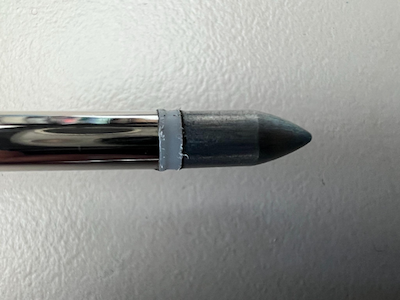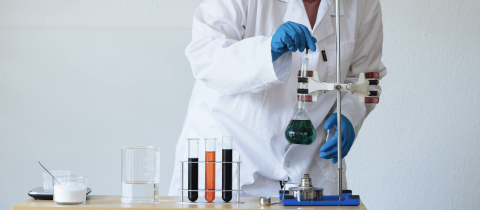The poem, “My country”, by Dorothea MacKellar, is recited by every preschooler in Australia. One line is of particular relevance:
“A land of droughts and flooding rains”.
While Canada and Australia have many things in common, climate is not one of them. Soil moisture control is vital for Australia’s diverse agriculture as well as for the diverse plants on the balcony of our apartment in Sydney’s Bondi Junction. I use a cheap moisture sensor for measuring the moisture level in these plants and I propose a little experiment you can try with this device that uses no batteries!

Place the tester in a glass of clean tap water. Reading?
Around midway, “moist”.
Now take some distilled water or water collected by your dehumidifier. You’ll find that this water records a moisture level of “as dry as a bone.” Wow! Dry water! Now add a pinch of salt to this water and test it again. The reading moves to “wet”.
Now tip out this water and refill with tap water. Read again. Still “wet.” Give the glass a proper rinse and refill. How many times do you need to do this until the reading returns to the original “mid-moist”?
Now have a close look at the tip of the tester:

It consists of two different metals separated by a ring of plastic. Probably an aluminium probe separated by plastic from the tip, a base metal alloy? These are each connected to the meter to record a current provided by the metal combination acting as a battery, just like the classic experiment of generating a current by placing steel and copper nails in a potato or lemon. The size of this current depends on how well the water in the sample conducts electricity. Thus, this device is a mineral rather than a moisture detector!
But you have learned further lessons. Pure water doesn’t conduct electricity! Adding salt to the distilled water increases its conductivity and it remains high as you dilute the salt by replacing it with fresh water. To bring the level right back to that of the original tap water, you have to flush many times until you get rid of remnants of the salt water. The final reading reflects the tap water’s level of minerals which depends on the source of the water. So this “moisture senser” actually provides a way to measure the mineral content of the water, that is, its “hardness”.
In this case, soil conductivity is used as an indirect measure for moisture, just as skin conductivity (via the salts in sweat) is used to measure lying by a polygraph (lie detector). The reliability of both is questionable.
Ben Selinger is an Emeritus professor of chemistry at the Australian National University, Canberra.







